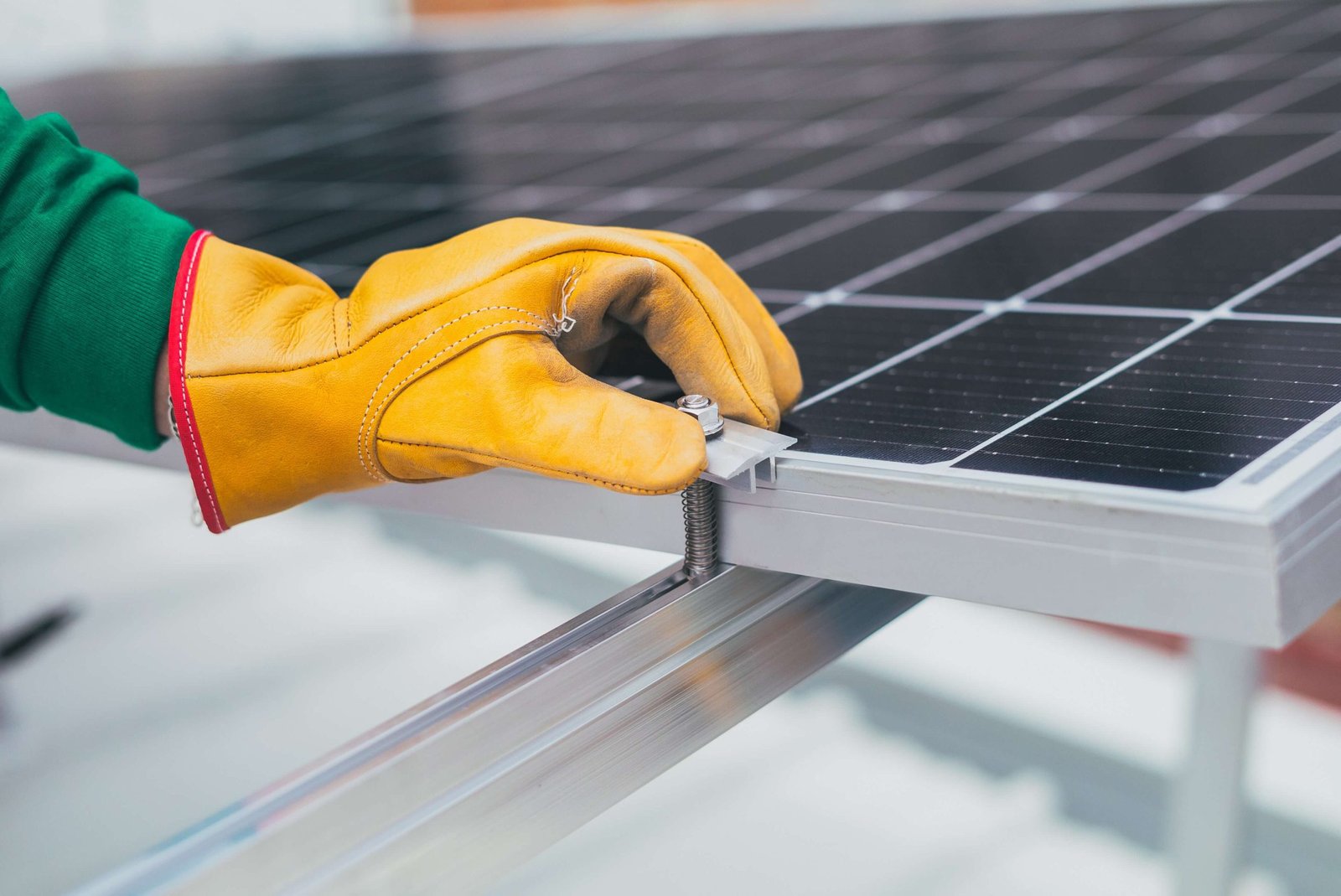
5 Things to Consider Before Installing Rooftop Solar Panels in Karnataka
India is now a global leader in promoting solar energy as an alternative regular sources of energy production. It’s a known fact that most parts of India enjoy abundant sunshine throughout the year. This augurs well for the basic requirement for solar power generation with solar power systems.
For a rapidly growing economy like India solar energy becomes the main source of energy for sustainable development. Indian government has introduced sophisticated policies to promote solar roof tops. It encourages more investment and provide affordable access to set up solar rooftops, thus bringing millions of home and commercial establishments under solar canopy.
Key points why India is promoting solar energy:
1. The Best affordable Renewable Source
2. Protects the environment
3. Creates immense job opportunities
4. Reduce energy dependence on traditional sources
5. Reduced energy bills for households
Over the last decade solar technology has seen great level research contributing to affordability and ease of installation and maintenance. If power bills every month are one of your major concerns, then opting for solar panels should be on top of your list. According to a recent survey, new solar rooftop installation can reduce 80-90% of the electricity bill every month, also 5kW solar rooftop can generate around 600 units and save significant amount on power bills.
In this article we discuss the basic checks needed before solar roof tops on your residence or commercial building to generate and storge energy.
Like any major home renovation,solar roof top requires careful planning beforehand. By studying your options, assessing your energy needs, area and understanding the costs, you’ll set your new energy system up for success.
1. Check Your Roof’s Condition and Orientation
First step is to check your rooftop is in good condition for installation for longevity. Inspect any leakages, shingles issues or any other civil fixes a contractor need to address. Also check presence of any large tree covering your roof.
The optimal roof orientation is south-facing at a 30-degree tilt, maximizing solar exposure as the sun tracks across the sky. However, panels can still work on east- or west-facing roofs or at other angles. Your solar installer will assess orientation and usage to recommend an appropriately sized system.
2. Understand Your Current Energy Usage
Analyse your monthly electricity bills to understand your household’s energy use patterns over seasons and years. This informs what size solar system makes sense for your home, along with future expansion possibilities. Any dramatic spikes in usage could indicate opportunities to improve efficiency before adopting solar power.
Online calculators from installers let you estimate system specs and savings based on address, bill amounts, and roof measurements. As you gather quotes, discuss custom system designs that truly offset your own energy needs.
3. Compare Types of Solar Panels
While systems were once limited to bulky solar water heaters, today’s PV panel options include sleek shingles integrated with roofing materials. Beyond aesthetic appeals, solar panel types differ in efficiency ratings and costs.
Poly- and monocrystalline silicon cells are most common and efficient, with thinner flexible panels also available. Review the durability expected from warranties as well—premium panels may better withstand hail or high winds.
4. Compare Financing and Payment Options
Rather than paying the full solar system cost outright, many homeowners finance installations through solar loans, PACE financing, solar leases, or power purchase agreements (PPAs). Solar loans allow you to keep ownership of the system while paying off the principal over the years.
Alternatively, third-party solar leases and PPAs involve contracting an outside company to install and maintain panels on your property while selling back generated power. Compare all programs to weigh financial obligations against system ownership and savings.
5. Research Installers and Grid Connection Policies
Vet several top-rated solar companies for transparent quotes and recommendations tailored to your property. Confirm they employ certified technicians, have longstanding local operations, quality equipment, and post-install support for maintenance needs. You want an installer invested in seamless, clean energy transitions.
It’s also wise to contact your utility provider early about the requirements for connecting systems to the grid with net metering. They can explain relevant subsidies, rate structures, metering upgrades, and permitting involved with going solar in your area.
Switching to rooftop solar is one of the most impactful steps a household can take towards sustainable living. By tapping into the abundant renewable power already lighting your home each day, solar panels let you contribute to the global clean energy transition happening right now. Small-scale residential solar also builds community awareness and interest in further regional adoption.
Simple rooftop installations spark important conversations that inspire more sustainable neighborhoods. Whether through formal solar group buys or as an early adopter yourself, your renewable energy system can empower broader local change.
Conclusion
By weighing these solar considerations upfront, you can make informed decisions about upgrading to renewable roof panels. Reach out to us for help assessing home compatibility, designing fully customized systems for offsetting your electricity usage, comparing equipment, calculating long-term savings, and more. With comprehensive guidance from us, you can look forward to lower bills and sustainable energy independence for decades ahead.

Comment
Christine Eve
It has survived not only five centuries, but also the leap into electronic typesetting unchanged. It was popularised in the sheets containing lorem ipsum is simply free text.